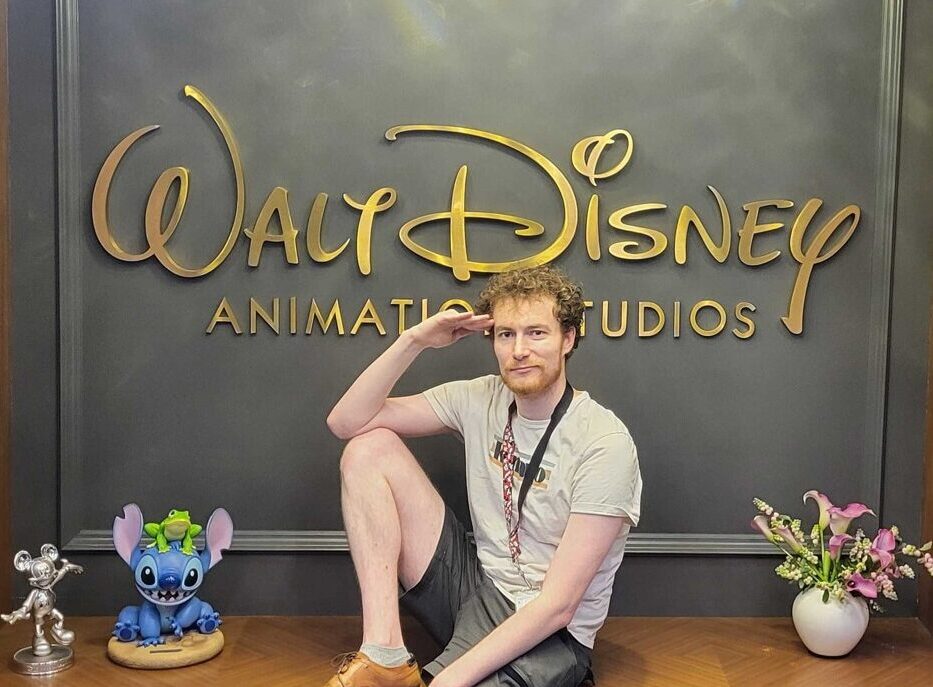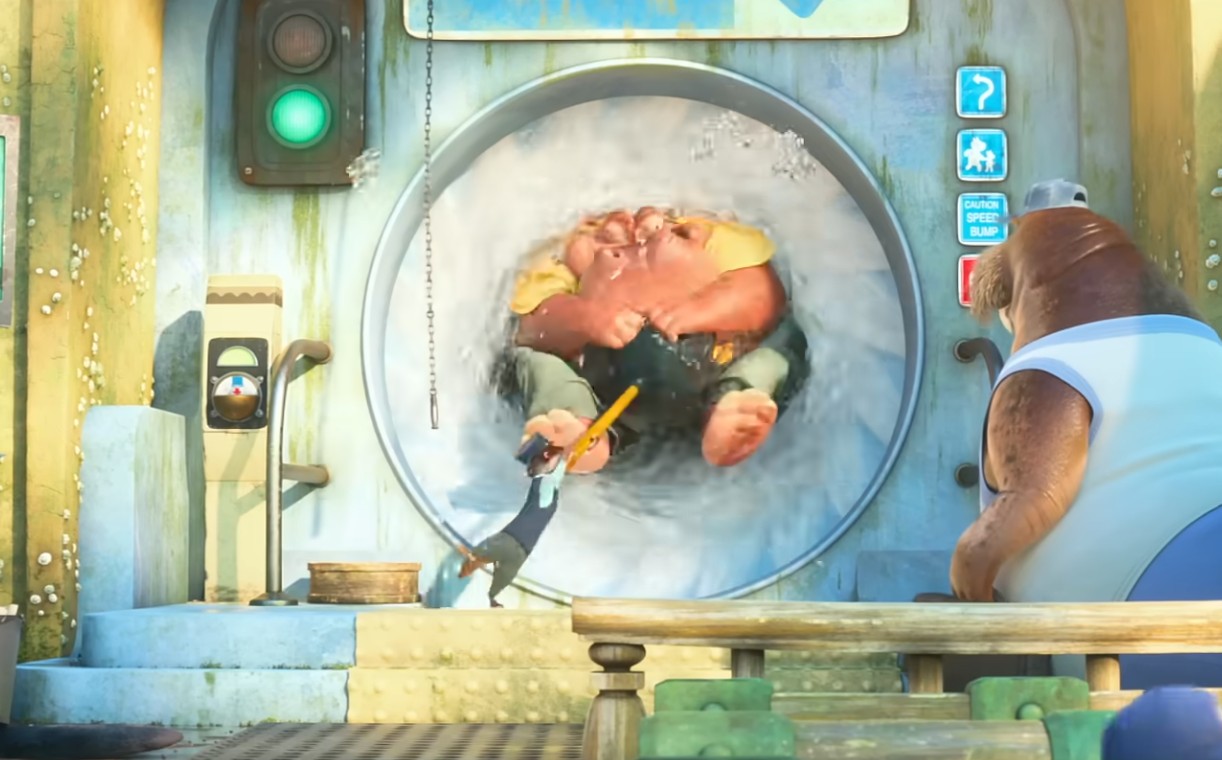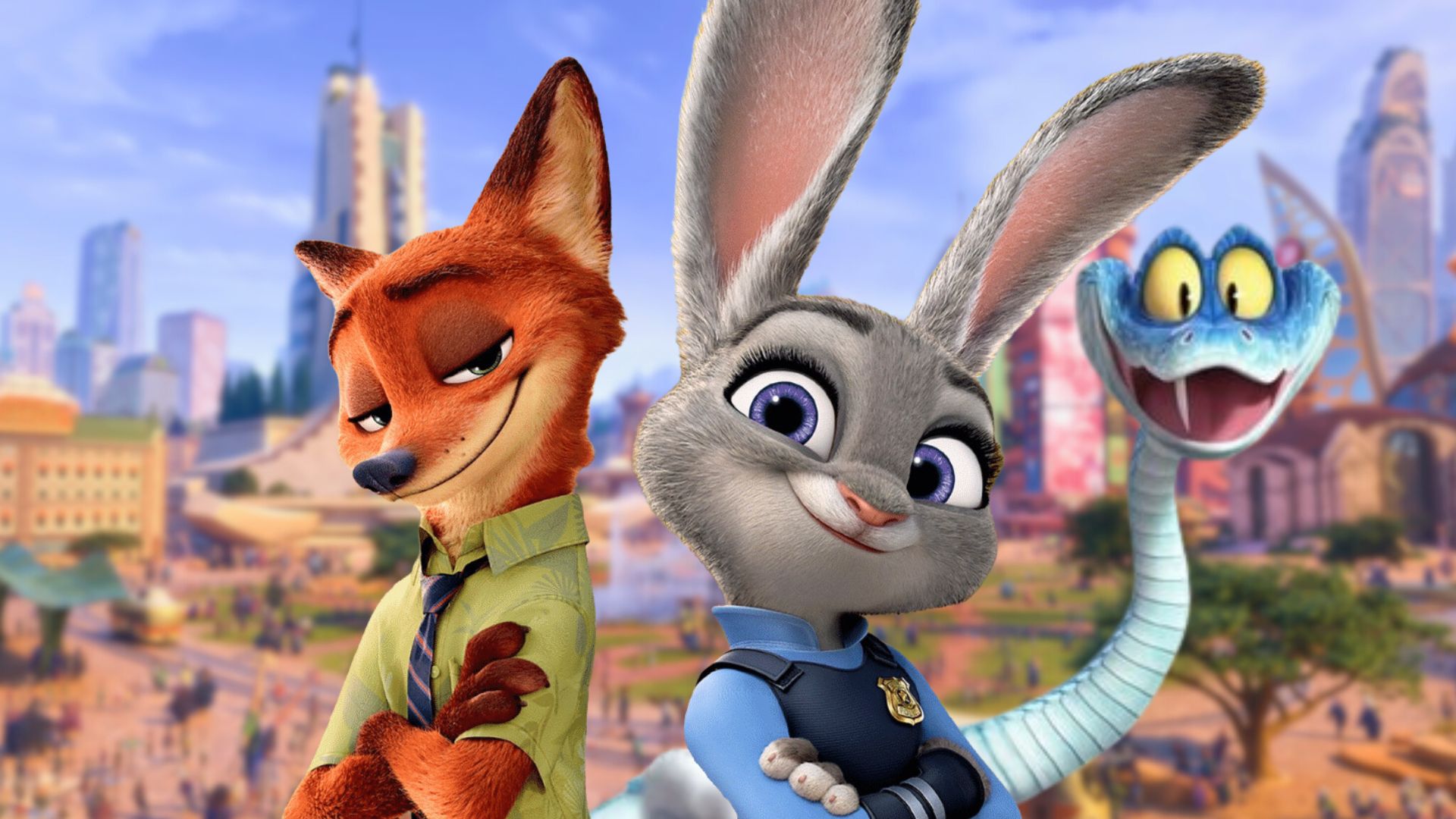You have to know how to listen, understand the narrative intention, dialogue with other professions, adjust your copy, anticipate what could become a problem, and contribute to a gigantic whole without losing your artistic identity.
It was against this backdrop that two ESMA alumni, Kevan Canavar and François Briantais, collaborated on Walt Disney Animation Studios’ latest feature film.
One is in the world of FX, where we sculpt water, fire, particles, destruction and everything else that enriches the scene without being animated by the characters. The other is at the heart of character animation, where every movement serves the story and where coordination with layout, FX or lighting can change the way a shot is read.
Their two stories show how different backgrounds can converge towards the same goal: to bring to life a film that relies above all on the clarity of emotion and coherence between departments.

Kavan Canavar, FX Animator: a career shaped by images and narrative demands
Before Disney, Kevan Canavar worked at a number of studios, from TeamTO in Paris to MPC Montreal for Shazam!, Godzilla and Detective Pikachu, then Sony Picture Imageworks, Framestore and Method Studios.
His busy career took him to Walt Disney Animation Studios in Vancouver in May 2023, where he worked first on Vaiana 2, then on Zootopie 2 as FX Animator.
Its role covers everything that character animation or CFX doesn’t: water, fire, magic, destruction, natural elements that react to the scene.

It’s a highly varied job, requiring both technical precision and artistic flair. When a fur-covered character interacts with water, the demands explode, because you have to be visually convincing, keep the action clear and respect the style intended by the artistic direction.
Kevan insists that the FX are not simply an extension of the physical simulation. They must respond to the story. In his own words: “As far as the end result is concerned, the story, the emotions and the intention of the sequence give the direction for the effects, and the solution will often be more creative than simulating again with small changes.”

It is this logic that guides his work, particularly in the action sequences where the weight of the characters and the overall dynamic must remain legible despite the complexity of the elements he is animating.
His day-to-day collaboration depends on the plans. With lighting, there is constant communication, because the light determines what we can actually see of an effect. With character animation or CFX, there’s constant communication whenever an effect directly affects the characters. With crowds teams, it adapts when a crowd is involved and several sources of movement need to be coordinated.
For this, the tools vary. Houdini, of course, for everything to do with FX. Hyperion for rendering, an internal Disney tool. Sometimes Nuke, when a quick integration or compositing adjustment is needed to test an idea.
As well as the technical aspects, Kevan is particularly fond of the human atmosphere. In particular, he recalls the visit of VFX supervisor Marlon West, who came to meet the teams in Vancouver. It was a simple moment, over a few doughnuts, which sums up the studio’s state of mind: demanding, attentive and benevolent, even in times of pressure.
François Briantais, Character animator: coordination, precision and adaptation in Marsh Market

A 2019 ESMA graduate and winner of first prize in the Graduation Show for Oeil pour Oeil, François began his career at Illumination Mac Guff on Tous en Scène 2 and then Super Mario Bros. Movie.
He then joined Disney in Vancouver where he worked on Vaiana 2, the Tiana series and Zootopie 2 between April and August 2025.
In this latest film, his role is to animate several sequences in the new Marsh Market district, which can be seen in the trailers.
One of the most striking scenes in his work is when a hippopotamus is propelled through a tube by a suction cup.
A mix of physical comedy, timing and distortion, perfect for a host who likes to push rigs to their limits.

But Zootopie 2 also marks its first production using Presto, Disney’s in-house software. Learning to use it required a major change in habits. He no longer had his usual Maya tools for certain deformations. He had to improvise, understand the specific constraints of the Disney pipeline and find a way to serve the intention despite the novelty.
This rapid adaptation becomes a strength. It allows him to be more effective in subsequent shots, once he has mastered the tool.
The richest part of his testimony concerns coordination between departments. He details how each plan can put him in touch with a different job, depending on requirements. Sometimes with layout, when the environment has not been finalised. Sometimes with FX, to agree on what needs to be animated by hand or simulated. Sometimes with lighting, particularly for a dark shot where Judy is using a torch and the provisional model of the light cones had to match the final version.
He also recounts a case where he built his own deformation system for a character under a cloth, in order to achieve the comic timing desired by the directors. The FX teams had started a simulation of their own. Without communication, the work would have been duplicated or inconsistent. Thanks to these exchanges, they were able to align their intentions.

François stresses the importance of ESMA’s generalist training, which has given him a good understanding of what other professions do. Knowing how other teams work avoids misunderstandings, duplication and visual inconsistencies.
Finally, he recalls with amusement the atmosphere in the offices. Artists are transforming their workspaces, creating improvised sets and competing inventiveness. Some set up a makeshift arcade, others a chandelier. Their own office becomes a mini-golf course with artificial turf.
This collective creativity doesn’t mean that we can’t be demanding. Even when the schedule gets tighter, the quality never drops. He learns what it means to work at the pace of a major animation studio, where every second counts.
Two perspectives, one common thread: telling the story, together
Kevan and François work in different fields, one mathematical and dynamic, the other focused on poses and emotions.
Yet both their accounts tell the same story: behind the spectacular images of a film of this scale, there is a collaborative architecture where every intention must be understood, discussed and adjusted.
Effects only make sense if they serve the reading of an action. Animation only really exists if it fits in with the environments, the lighting and the simulations. And in a film where over a thousand people contribute, the circulation of information becomes an art in itself.
Two backgrounds, two sensibilities, two specialities, but the same observation: the success of a project of this size depends as much on technical mastery as on the ability to understand what others are doing, to listen to their constraints and to move the plan forward together.

